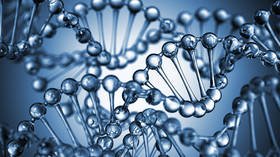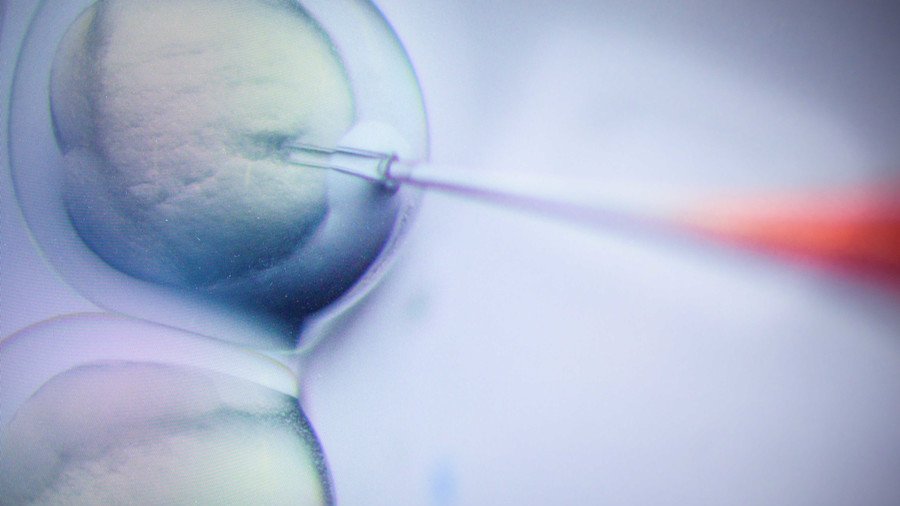Genetic manipulation: HIV-like virus edited out of primate GENOME in major advance towards winning war on AIDS

Researchers have made a major breakthrough in treating and possibly eventually curing HIV, by deploying Nobel-prize-winning CRISPR gene editing techniques to purge the virus from the genomes of non-human primates.
A team of scientists successfully edited out simian immunodeficiency virus (SIV) – a virus closely related to HIV.
“We show for the first time that a single inoculation of our CRISPR gene-editing construct, carried by an adeno-associated virus, can edit out the SIV genome from infected cells in rhesus macaque monkeys,” explained lead researcher Kamel Khalili, of Temple University in Philadelphia.
SIV behaves very much like its human counterpart, HIV, and is equally adept at evading antiretroviral therapy (ART) by hiding away in viral reservoirs in human tissues.
However, the researchers designed an SIV-specific CRISPR-Cas9 gene-editing construct, a kind of viral reservoir bunker buster, which they tested on in vitro cell cultures.
These reservoirs are where viral cells can hide away for years and frustrate mankind's efforts to eradicate the disease. Such viral hideouts keep both SIV and HIV out of reach for treatments such as ART, which prevent viruses from replicating while gradually clearing them from a patient’s bloodstream.
The team found early success and a limited risk of collateral damage, so they proceeded to wrap the genetic payload in a virus package that could then be intravenously injected into SIV-infected animals.

Thereafter, the researchers tested the CRISPR treatment on three infected macaques, with a fourth serving as a control. Blood and tissue samples taken three weeks after treatment showed the CRISPR treatment had reached the majority of potential viral reservoirs, including certain hard-to-reach T cells.
They found the SIV genome had effectively been cleaved from infected cells with a remarkably high degree of precision in a major breakthrough. The scientists heralded this as an “important development in what we hope will be an end to HIV/AIDS.”
Next, they plan to move their work into clinical studies in humans. “People worldwide have been suffering with HIV for 40 years, and we are now very near to clinical research that could lead to a cure for HIV infection,” Dr Khalili said.
Also on rt.com Major HIV vaccine breakthrough as scientists reengineer immune cells in step towards possible cureThink your friends would be interested? Share this story!













